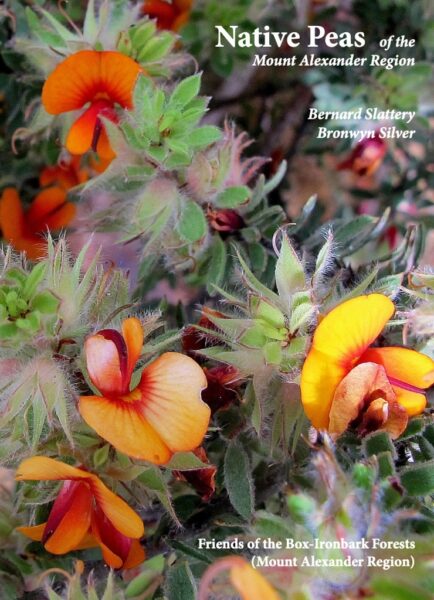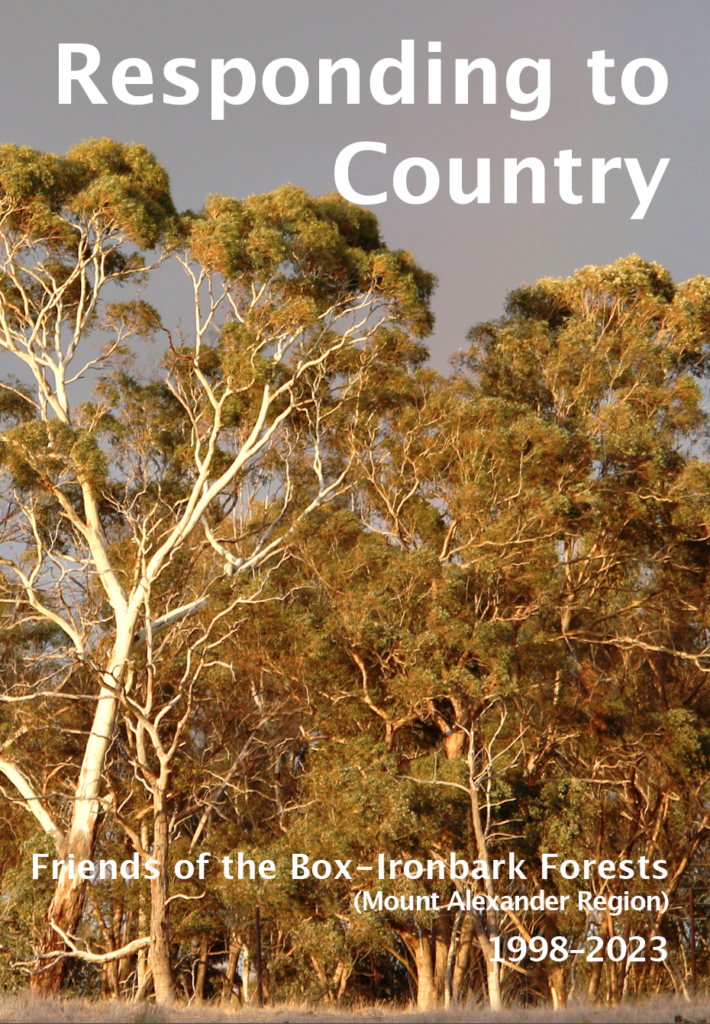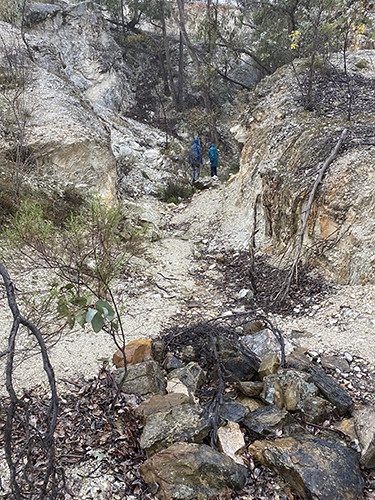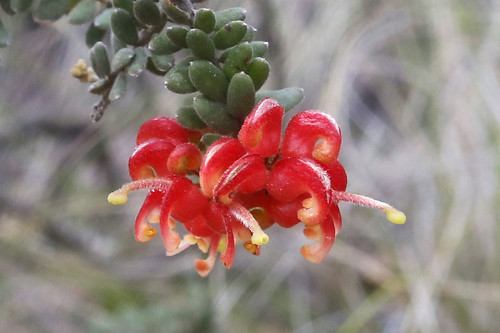FOBIF had a successful AGM last Monday night. The text below is the President’s report, given by Marie Jones. Below it is the new committee elected on the night:
**************
The effects of COVID-19 had an impact on what FOBIF did in 2020 as they did on everyone’s way of life – but we are a resilient lot – hopefully in the way we’d like to see our natural environment being resilient in coping with the future.
Thanks to the expertise of Lynette we were able to continue with zoom committee meetings though unfortunately not all members could attend. Nev managed to keep us all in line and I think we were getting quite used to meeting this way. And thank heavens we did keep going as the issues that appeared each month needed to be dealt with at that time including the ever-present planning proposals.
This changed time also showed the value and importance of social media and our website in communicating and keeping the focus of important issues in the eye of our members, the various communities and agencies. We’ve consistently supported indigenous co management in our region, both through our website and through attendance at local briefing meetings to do with the Balak kalik manya [walking together] project for Kalimna Park. We have high hopes that this project will prove a model for land management in the region.
Through the year we have made several detailed submissions to government on environmental and planning issues impacting our region responding to local and broader concerns when they arose.
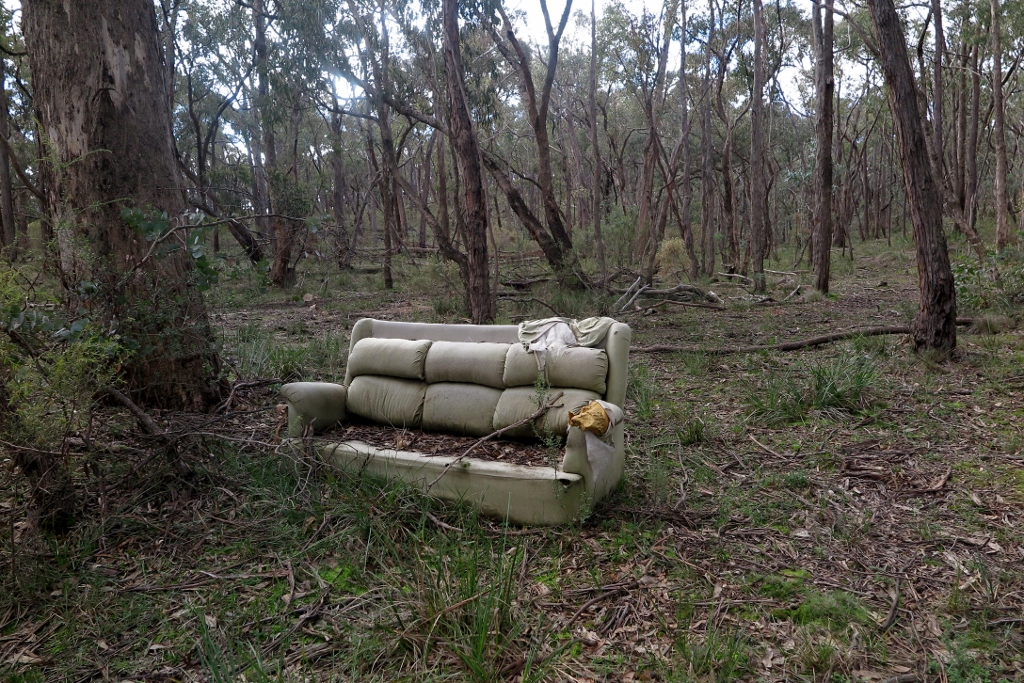
This picture illustrates the highs and lows of the bush experience: the beauty of the Columbine Creek catchment disfigured by, er, cultural heritage (?). The couch was observed by our July walkers…
Bronwyn’s management skills, well supported by Jeremy and the team leaders, were also needed with the walks program especially when the limits to the numbers of people in a group had to be considered so that the walks could continue.
Pandemic restrictions forced us to make adjustments to our walks program this year. Some walks were cancelled, others reorganised to allow for smaller groups. Walks were led by Mike Reeves, Karen Baker and Antoinette Birkenbeil, Christine Henderson, Jeremy Holland and Bernard Slattery. Thanks to all these people for leading the walks and doing all the prior planning: and to Clive Willman, Barb Guerin, Lionel Jenkins and Geoff Nevill, who put in the planning work, but whose planned walks had to be cancelled because of the COVID restrictions.
The walks ranged across the Chewton Bushlands to the remote corners of the Columbine Creek catchment in the Fryers Forest. Once again they were a wonderful way for people to see different areas of our bushlands and learn about local plants with the help of our many flora experts.
We are far advanced into production of two new guides: The first, A guide to the native peas of the Mount Alexander Region, has been produced by Bernard Slattery and Bronwyn Silver, with the help of numerous local experts: Frances Cincotta, Richard Piesse, Ian Higgins, Bonnie Humphries, and many others. Attendees at this meeting will have a sample page from the book.
The second, 20 Walks in the Mount Alexander Region, has been compiled from the walks we’ve conducted over the last 20 years. It’s supported by excellent maps by Jase Haysom. The walk descriptions and maps have been finished, and are currently being tested ‘on the ground’ by Jeremy Holland. The walk notes are backed by flora and fauna information.
Both books will be launched in the new year—when we hope to be able to have a proper gathering. There have been steady sales for our moss, eucalypt and wattle books this year requiring extra printings of the three books. New greeting cards featuring photos of local fauna and flora by local photographers have also been popular.
Continue reading →

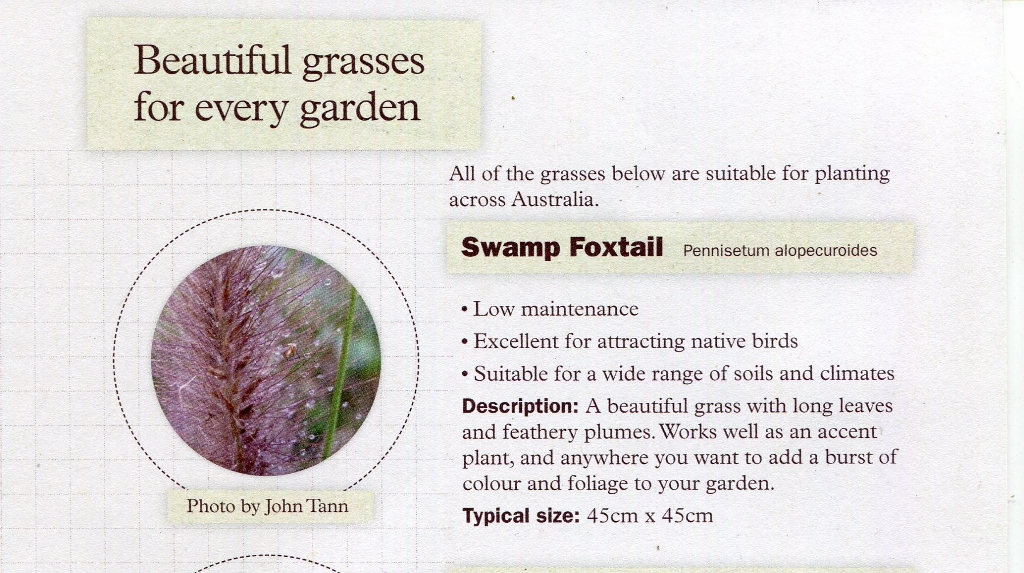
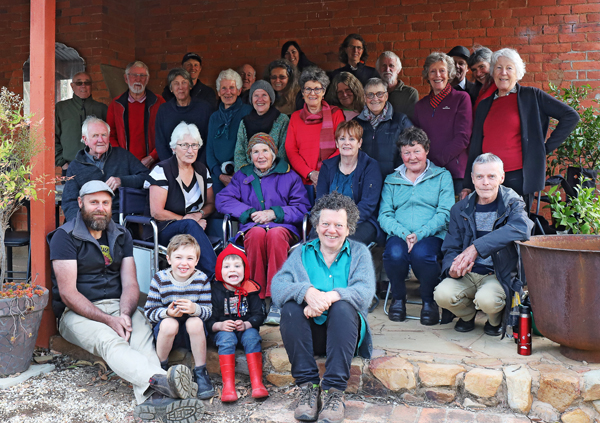
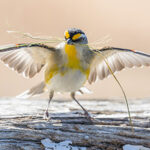
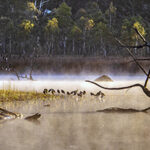
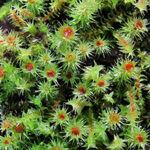
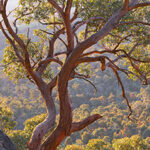


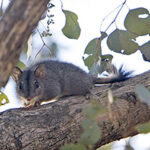
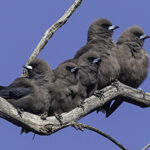
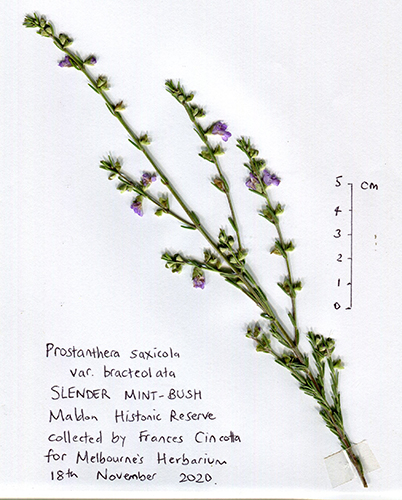
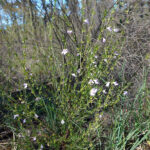
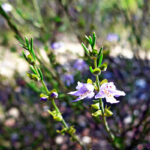
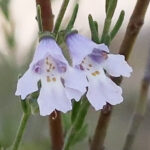
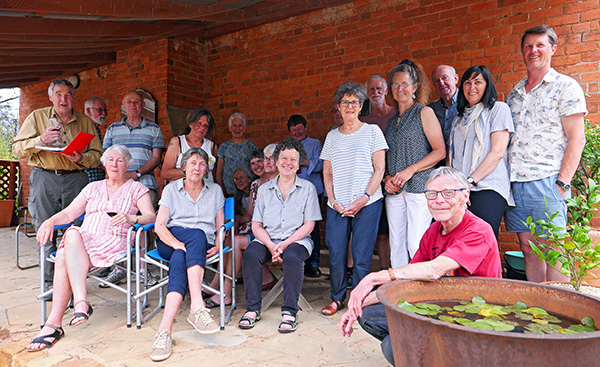



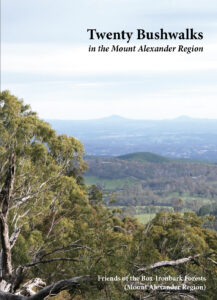
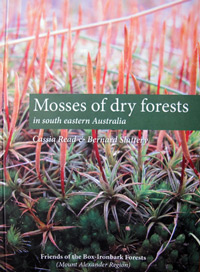 Click on image for info/order page
Click on image for info/order page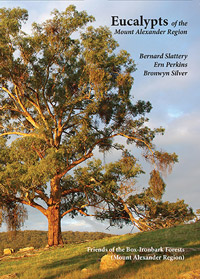 Click on image for info/order page
Click on image for info/order page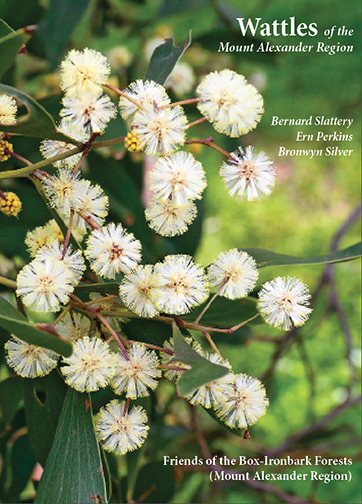 Click on image for info/order page
Click on image for info/order page